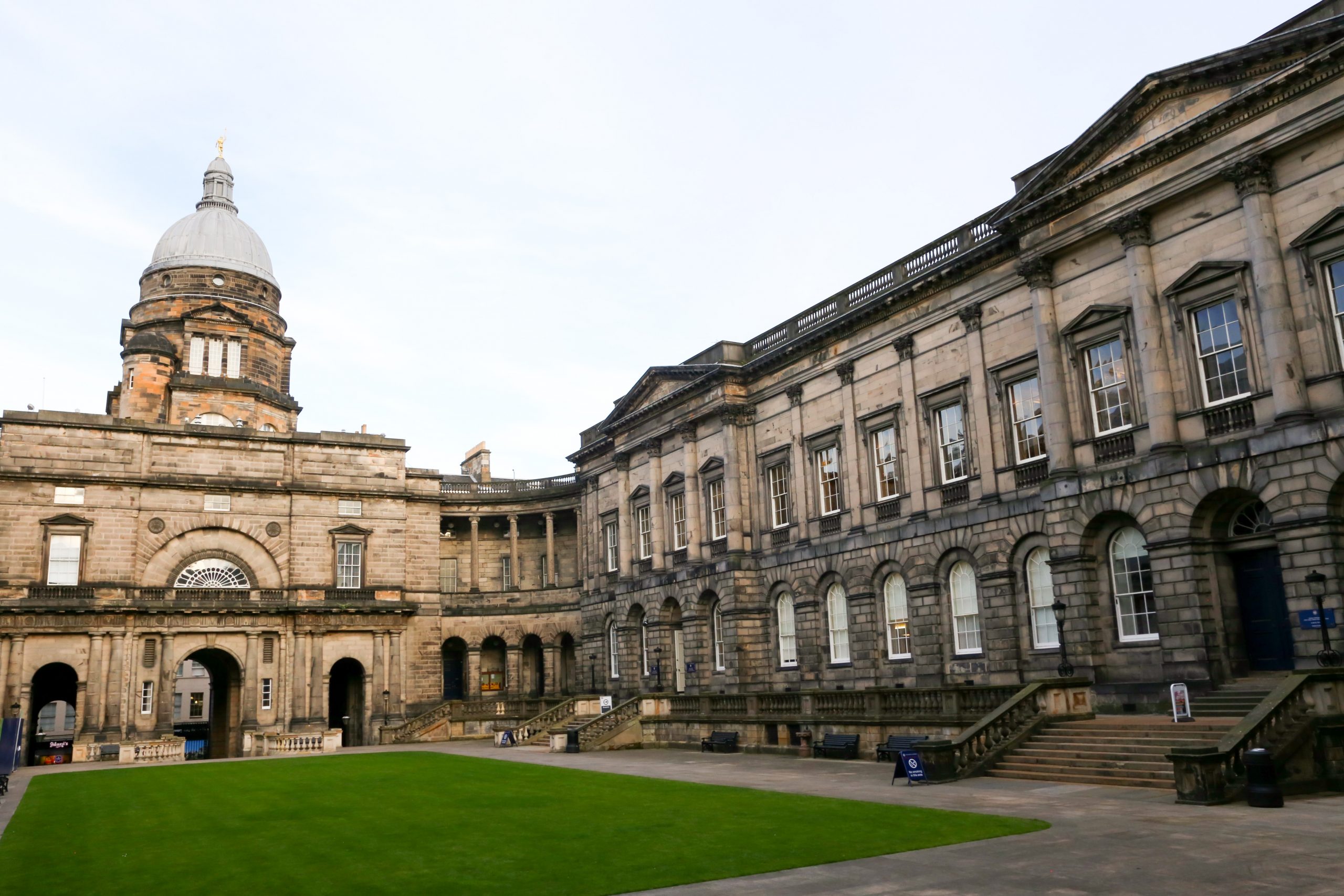In March of last year it was revealed that, of the £290,000 donations to the Princess Dashkova Russian Centre in the University of Edinburgh, over £250,000 was given by the Kremlin linked Russkiy Mir Foundation (RMF). This revelation shocked many, worried about the potential influence the RMF, and thus the Kremlin, may now hold over the university. However, the practice of research or institutions being funded by controversial sources who hold ulterior motives or hope for some sway amongst the institutions is prevalent in academia, the funds needed for research outweighing the potential impartiality costs.
The Russkiy Mir Foundation, which donated funds to the Princess Dashkova Centre to help pay for new furniture and equipment, was set up in 2007 by decree of Vladimir Putin with the aim of “promoting the Russian language” and “Russia’s national heritage” via the supporting of “Russian language teaching programs abroad”. That the RMF is run by an ex-KGB member and is also Kremlin-backed, incited fear that the RMF may use this investment as a way to hold sway in the capital of Scotland. Due to the RMF having also been previously accused of being a soft power and propaganda outlet for the Putin administration it is easy to see why such fears may rise. That said, it is important to note that the Princess Dashkova Russian Centre in Edinburgh has since cut all ties to the RMF after the donation became public and have stated that “the Princess Dashkova Russian Centre retains freedom of action in all aspects of its activities. We currently have no active agreements with the foundation and do not expect that situation to change.” Yet this practice is not confined to the University of Edinburgh. Many other institutes of higher education accept donations from questionable foreign powers which include dictatorships and countries with ties to terrorist regimes; the University of Cambridge itself accepting over £8 million from Saudi Arabia, a country which has committed numerous human rights abuses as well as allegedly funded al-Qaeda and the Taliban. This has caused several politicians to calls for stricter regulations on who universities can receive funding from, similar to those imposed on political parties.
Though this would seem to have put to rest any fears of Russian influence in the university, it raises the issue of the funding involved in research. The problem being that in order to compile research, academics require funding, but in providing funding, companies often have an agenda, looking for some return on their investment. This return may be with either influence in a specific institute, access to upcoming technology or research papers to use against their opposition. An example of this is the case of research conducted against Dyson. Recently a research paper conducted by the University of Leeds found that there was “significantly more bacteria” on surfaces in bathrooms that used Dyson hand dryers compared to those that used paper towels. The hand dryers contributed to the spread of bacteria as well as faecal matter, which cause a range of illnesses including E.Coli. The origin of the paper is a well-credited research team and was peer-reviewed by another team in the University of Westminster, this means the paper itself holds authority and credibility. This seems to prove that the Dyson hand dryers are much more un-hygienic than using paper towels. However, the research was suddenly seen in a different light when it was revealed that the European Tissue Symposium (ETS) funded the research. The ETS ‘represents the majority of tissue paper producers throughout Europe’, thereby bringing into doubt the quality and impartiality of the research conducted.
All of this raises the question as to how independent can research truly be, and how much it will inevitably be influenced by the source of its funds. This creates an environment where researchers will always be influenced by their research in some capacity. Research is normally intended to expand our understanding of a respective field and test out hypotheses amongst other aims. Yet when external agents are involved, this has the potential to cloud the information within the paper that is produced, further perpetuating a culture of distrust of experts.
Image: Sara Konradi

